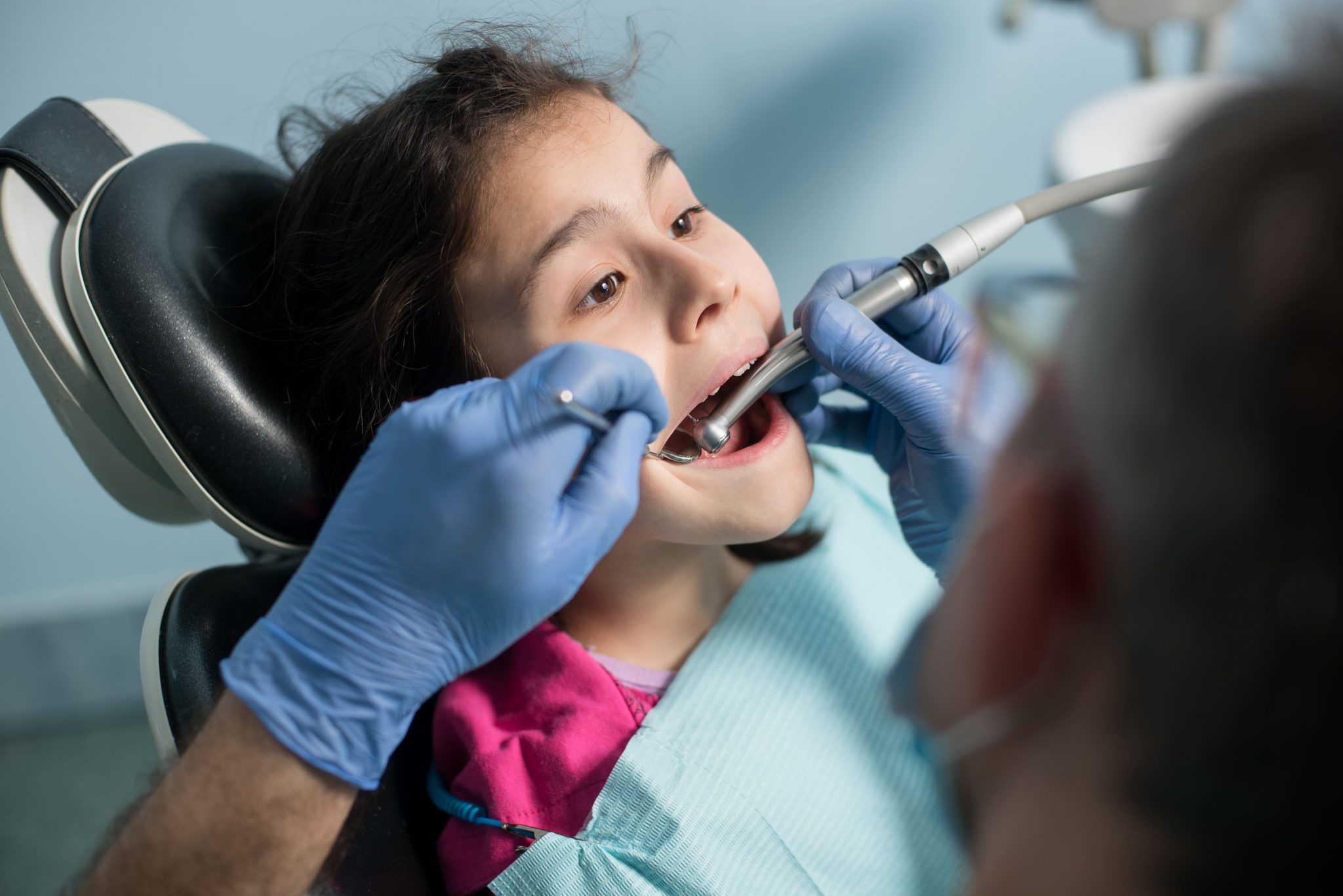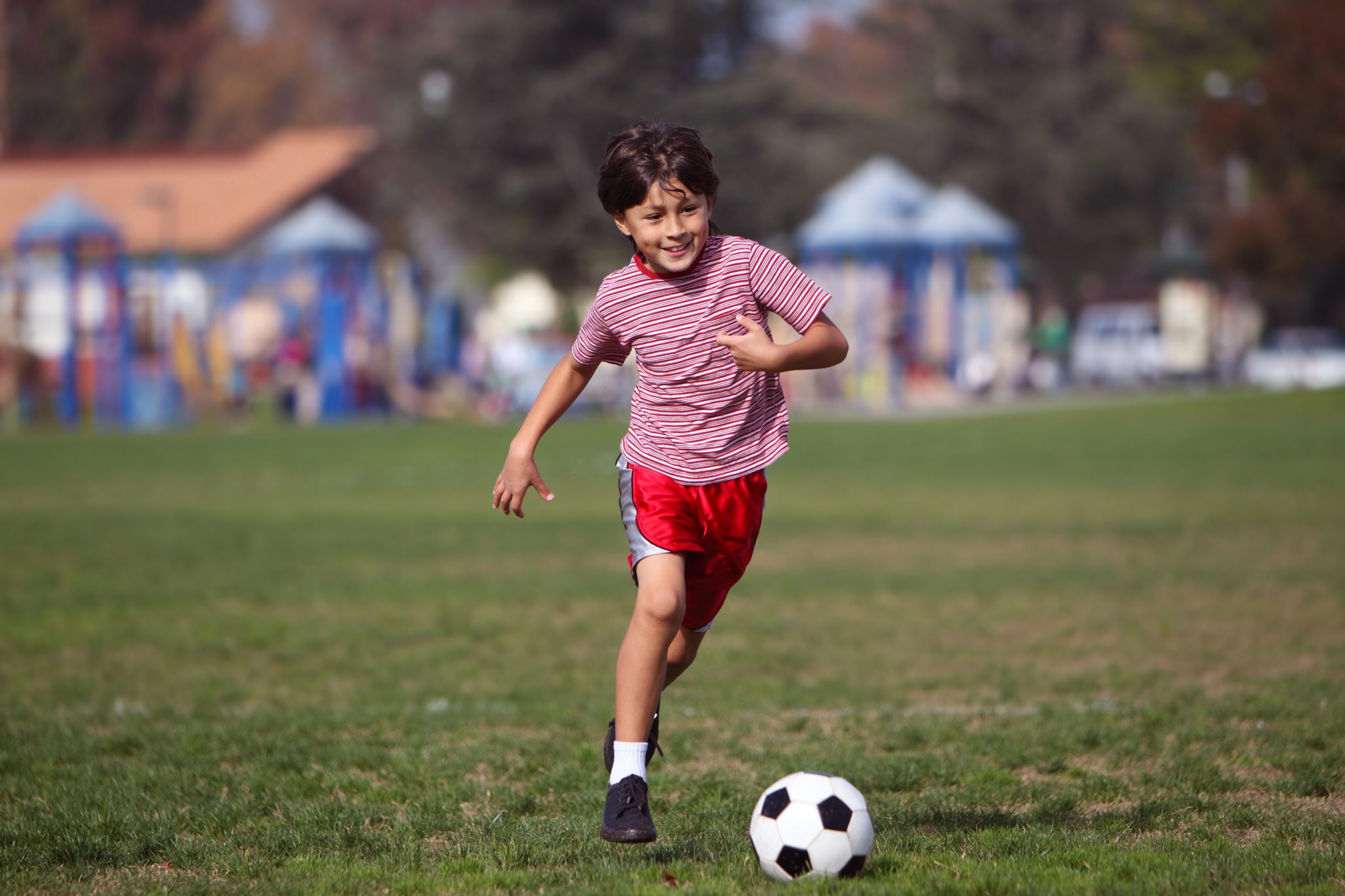The Mumbai Program Director & Clinical Psychologist at The MINDS Foundation. Honorary Associate Editor for the Indian Journal of Mental Health with over 100 National and International publications
What Is Depression?
Depression is a state of low mood and aversion to activity that can affect a person’s thoughts, behaviour, feelings and sense of well-being. Individuals must have at least five of the following symptoms to be diagnosed with depression:
- A depressed mood during most of the day, particularly in the morning
- Fatigue or loss of energy almost every day
- Feelings of worthlessness or guilt almost every day
- Impaired concentration, indecisiveness
- Insomnia (an inability to sleep) or hypersomnia (excessive sleeping) almost every day
- Markedly diminished interest or pleasure in almost all activities nearly every day
- Recurring thoughts of death or suicide (not just fearing death)
- A sense of restlessness or being slowed down
- Significant weight loss or weight gain
Depression Statistics In India:
- Globally, an estimated 350 million people of all ages suffer from depression.
- Depression is the leading cause of disability worldwide, and is a major contributor to the overall global burden of disease.
- India has been named the most depressed country, with a rate of 36%.
- This means that at least 3 out of every 10 people are depressed in India.
- 3-9% of children meet the criteria for depression at any time.
Popular Topics

What is Vitamin D deficiency? Spotting early signs of Vitamin D deficiency
Reviewed By Divya Gandhi, Dietitian

Vitamin D deficiency in children and what does it lead to?
Reviewed By Apurva Surve, Sports Nutritionist

Why is Vitamin D an essential nutrient? Know how it plays a role in your child’s development
Reviewed By Varuna Shunglu, Health Counselor & Meditation Teacher

Understanding How Vitamin D Leads to Strength
Reviewed By Kejal Shah, Nutrition Expert
Depression In Children
In children, depressive illnesses/anxiety may be disguised as, or presented as, school phobia or school avoidance, social phobia or social avoidance, excessive separation anxiety, running away, obsessions, compulsions, or everyday rituals, such as having to go to bed at the exact time each night for fear something bad may happen. Chronic illnesses may be present also since depression weakens the immune system. Other signs include persistent unhappiness, negativity, complaining, chronic boredom, and taking no initiative.
- Uncontrollable anger with aggressive or destructive behaviour, possibly hitting themselves or others, kicking or self-biting or head banging
- Harming animals
- Continual disobedience
- Easily frustrated, frequent crying, low self-esteem, overly sensitive
- Inability to pay attention, remember, or make decisions, easily distracted, mind goes blank
- Energy fluctuations from lethargic to frenzied activity, with periods of normalcy
- Eating or sleeping problems
- Bedwetting, constipation, diarrhoea
- Impulsiveness, accident-prone
- Chronic worry & fear, clingy, panic attacks
- Extreme self-consciousness
- Slowed speech & body movements
- Disorganized speech – hard to follow when telling you a story, etc
- Physical symptoms such as dizziness, headaches, stomach aches, arms or legs ache, nail-biting, pulling out hair or eyelashes. (ruling out other medical causes)
- Suicidal talk or attempts
Credits:
Author:
Pragya Lodha, MINDS Mumbai Program Director & Psychologist
Acknowledgements:
Ankita Gupta, MINDS Research Associate
Anoushka Thakkar, MINDS Research Associate
Roshni Dadlani, MINDS Communications Lead
References:
- Cuellar, A. (2015). Preventing and Treating Child Mental Health Problems. The Future of Children, 25(1), 111-134. Retrieved August 11, 2021, from http://www.jstor.org/stable/43267765
- Children’s Mental Health. (2021). Retrieved 4 August 2021, from https://www.cdc.gov/childrensmentalhealth/basics.html
- de Girolamo, Giovanni & Dagani, Jessica & Purcell, R & Cocchi, Angelo & Mcgorry, Patrick. (2012). Age of onset of mental disorders and use of mental health services: Needs, opportunities and obstacles. Epidemiology and psychiatric sciences. 21. 47-57. 10.1017/S2045796011000746.
- Kessler, R. C., Amminger, G. P., Aguilar-Gaxiola, S., Alonso, J., Lee, S., & Ustün, T. B. (2007). Age of onset of mental disorders: a review of recent literature.Current opinion in psychiatry, 20(4), 359–364. https://doi.org/10.1097/YCO.0b013e32816ebc8c
- MayoClinic (2021). Retrieved 5 August 2021, from https://www.mayoclinic.org/healthy-lifestyle/childrens-health/in-depth/mental-illness-in-children/art-20046577
- NIMH » Children and Mental Health: Is This Just a Stage?. (2021). Retrieved 4 August 2021, from https://www.nimh.nih.gov/health/publications/children-and-mental-health
- Ogundele, M. (2018). Behavioural and emotional disorders in childhood: A brief overview for paediatricians. World Journal Of Clinical Pediatrics, 7(1), 9-26. doi: 10.5409/wjcp.v7.i1.9
- Tolan, P. H., & Dodge, K. A. (2005). Children’s mental health as a primary care and concern: a system for comprehensive support and service. The American psychologist, 60(6), 601–614. https://doi.org/10.1037/0003-066X.60.6.601
- Waddell, C., McEwan, K., Shepherd, C. A., Offord, D. R., & Hua, J. M. (2005). A public health strategy to improve the mental health of Canadian children. Canadian journal of psychiatry. Revue canadienne de psychiatrie, 50(4), 226–233. https://doi.org/10.1177/070674370505000406
The views expressed are that of the expert alone.




